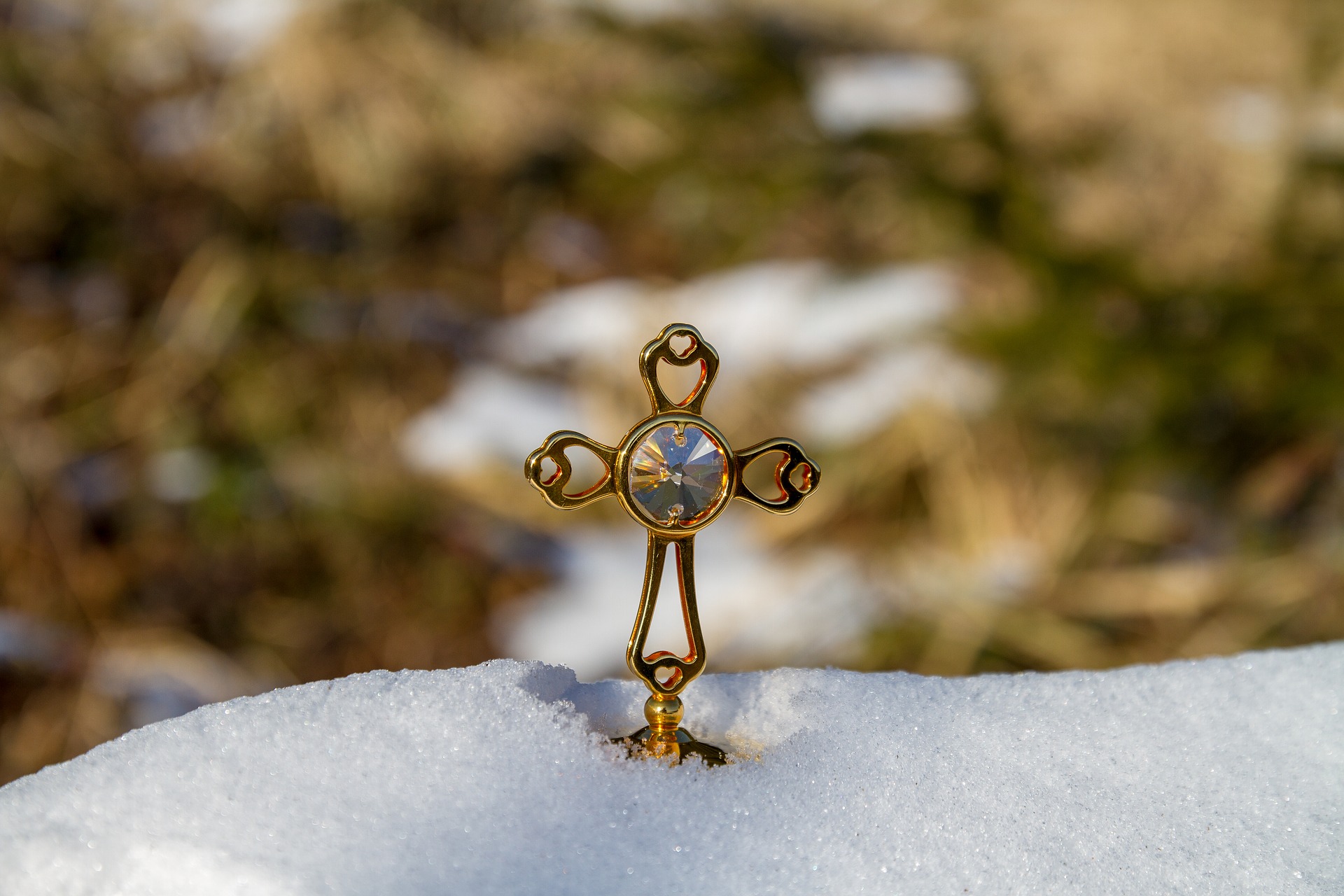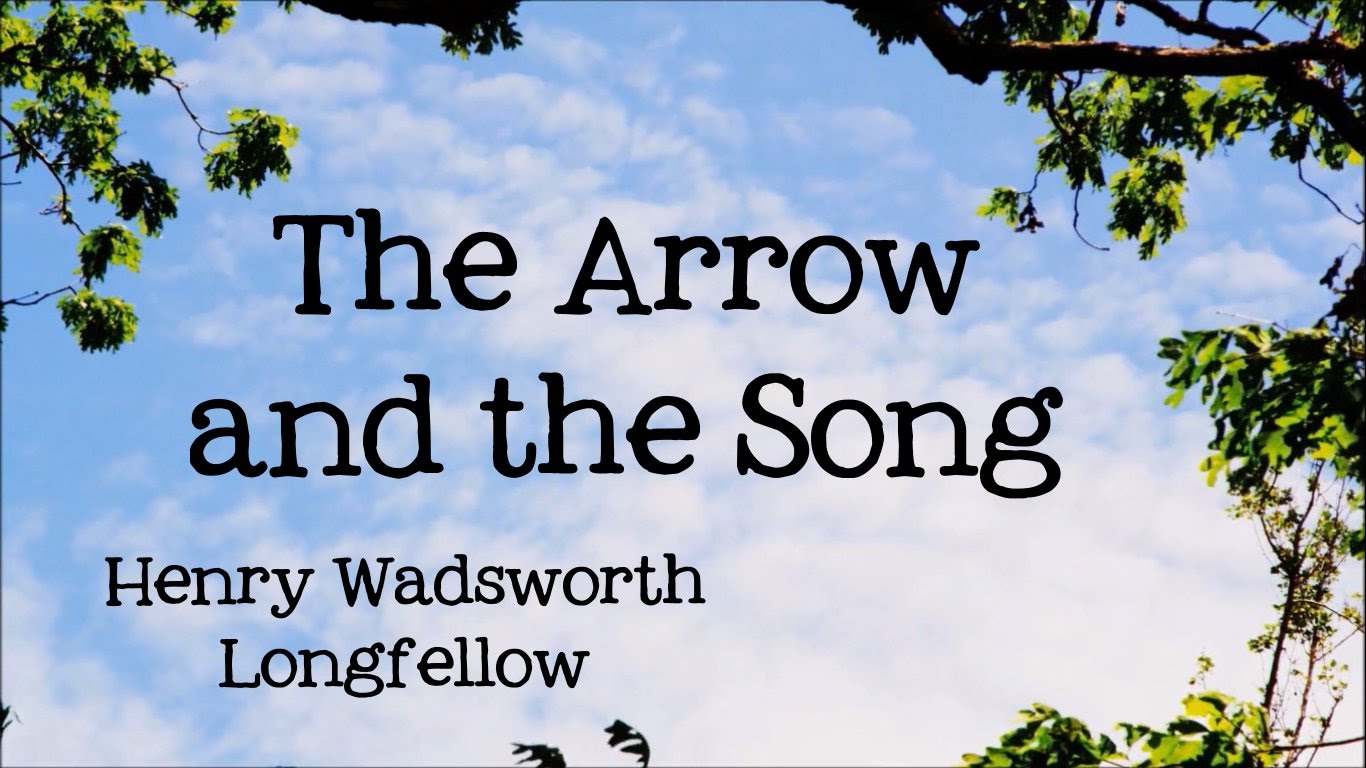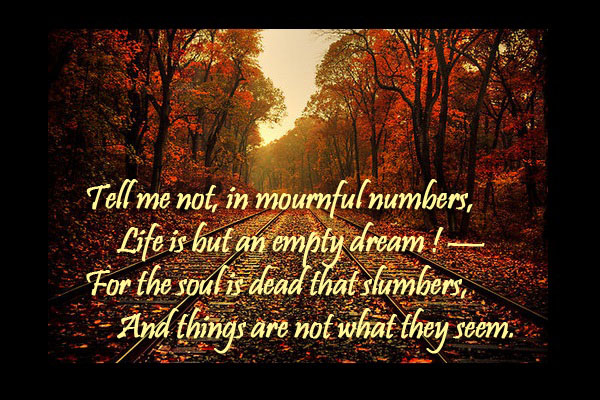Critical Analysis of The Arrow and the Song:
The poem received wide range criticism. The arrow and the Song originated with the poet but are still things that are controlled by physical phenomena and are expected a return. He is talking about things and expectancies. It needed not have been an arrow, for example, thinks of flight as something cast off such as in a boat. Something or someone left him and he was unable to follow it perhaps because of things that kept him stationary.
Also, look at it as in death when we are left but cannot follow but must continue on with our life. In both instances, he is in a very serious mood and observant, somewhat sad, sober or sombre because although he does not know where it has gone, and he knows that he caused or had something to do with its flight, It is sad to him that he cannot follow it with his sight because of its speed, how or why it left.
The change in his mood is to confirmation or assurance because he found it, the arrow and was glad and secure because it was unbroken. Without his eye to follow it or care for it, it found safety in its landing. He draws a parallelism between it and his song. He is assured if the arrow landed safely, so will did his song.
In life, our paths take us from people, places, and things but there are some ends that it would be better for us to think of positively without the assurance of sight or sound. If we find them again, see them again, it will be like reuniting with an old friend. They are not lost but waiting for the reunion.
Annotations of The Arrow and the Song:
In the first stanza of the poem, the speaker shoots an arrow into the air and it falls to earth, out of sight. The arrow was flown so fast that he could not get its sight during its flight. He failed to locate the arrow.
In the next stanza, the poet exhales a song into the air. The poet breathed a song, a poem into the air. He felt that the song fell on the earth. He admits his helplessness in following the flight of the song because no one has that much keen and strong sight. Here the poet shares his inability with all other poets. That is, he generalises his personal helplessness.
After a long period of time, the poet found the unbroken arrow in an oak. Likewise, he found the unbroken (‘from beginning to the end’) song in the heart of a friend.
Poetic Devices in The Arrow and the Song:
The poetic device used in the poem “The Arrow and The Song” is Metaphor. The poet compares and contrasts the arrow with the song. Both the poem and the song are sharp and swift. They both hit somewhere. At the same time, both of them are different in their directions the arrow takes a linear direction whereas the song takes multiple directions, targets. The arrow hits a single target, the oak tree which stands for mortality whereas the song hits the heart of a friend who represents all who received the song and effects. The arrow stops its journey at the oak tree whereas the song continues its journey through the heart of a friend which works as its medium. Here the poet emphasizes the permanence or immortality of art.
The Theme, Tone and Central Idea of The Arrow and the Song:
The poet begins by saying that shooting an arrow into the air is like venting your anger whatever it is to no one. But shooting it into the air means you let it go on the outside, not in secrecy, therefore there is always the possibility if the arrow will represent harsh words, that someone might be hurt when he hears it. Who that someone is, the shooter doesn’t know, nor has he the idea that he’d just hurt someone.
A song, like an arrow, is the expression of one’s emotions, whether these are good or bad, singing it out loud allows it to be heard by the world, and someone in the world will be greatly affected by it.
In this poem, it so happened that the friend who sang the song is also the oak, who, also struck by the “arrow” and hurt, remains strong, unfiled like an oak who will not be felled by just an arrow. The hurt may not be there but the mark was shown by the arrow. And he sings the songs from beginning to end from his heart, not the flight of the arrow that struck him and remained with him since then until the shooter find out who he hurt.
Conclusion
The poet compares and contrasts the arrow with the song. Both the poem and the song are sharp and swift. They both hit somewhere. At the same time, both of them are different in their directions (the arrow takes a linear direction whereas the song takes multiple directions), targets (the arrow hits a single target, the oak tree which stands for mortality whereas the song hits the heart of a friend who represents all who received the song) and effects (the arrow stops its journey at the oak tree whereas the song continues its journey through the heart of a friend which works as its medium). Here the poet emphasizes the permanence (immortality) of art.
The poem describes how friends are there. Sometimes they fly so high that you can’t see them anymore, but then they fall so hard and you think that they went for good. This poem describes the different feelings someone gets in a friendship and how they choose to deal with them.
In a sense, this poem is about karma. It is a lesson to be aware of our moral choices and their consequences, because on some level they are always present, waiting to be discovered. It is also about the difference between our practical efforts to make a mark in the world, which often comes to naught, and the peculiar power of art to shape reality in slow time.
As the final phrase suggests, art can create friendship among perfect strangers: it provides us with a common language through which we can come to know each other in our most distinctive selves.
Some online learning platforms provide certifications, while others are designed to simply grow your skills in your personal and professional life. Including Masterclass and Coursera, here are our recommendations for the best online learning platforms you can sign up for today.
The 7 Best Online Learning Platforms of 2022
- Best Overall: Coursera
- Best for Niche Topics: Udemy
- Best for Creative Fields: Skillshare
- Best for Celebrity Lessons: MasterClass
- Best for STEM: EdX
- Best for Career Building: Udacity
- Best for Data Learning: Pluralsight














